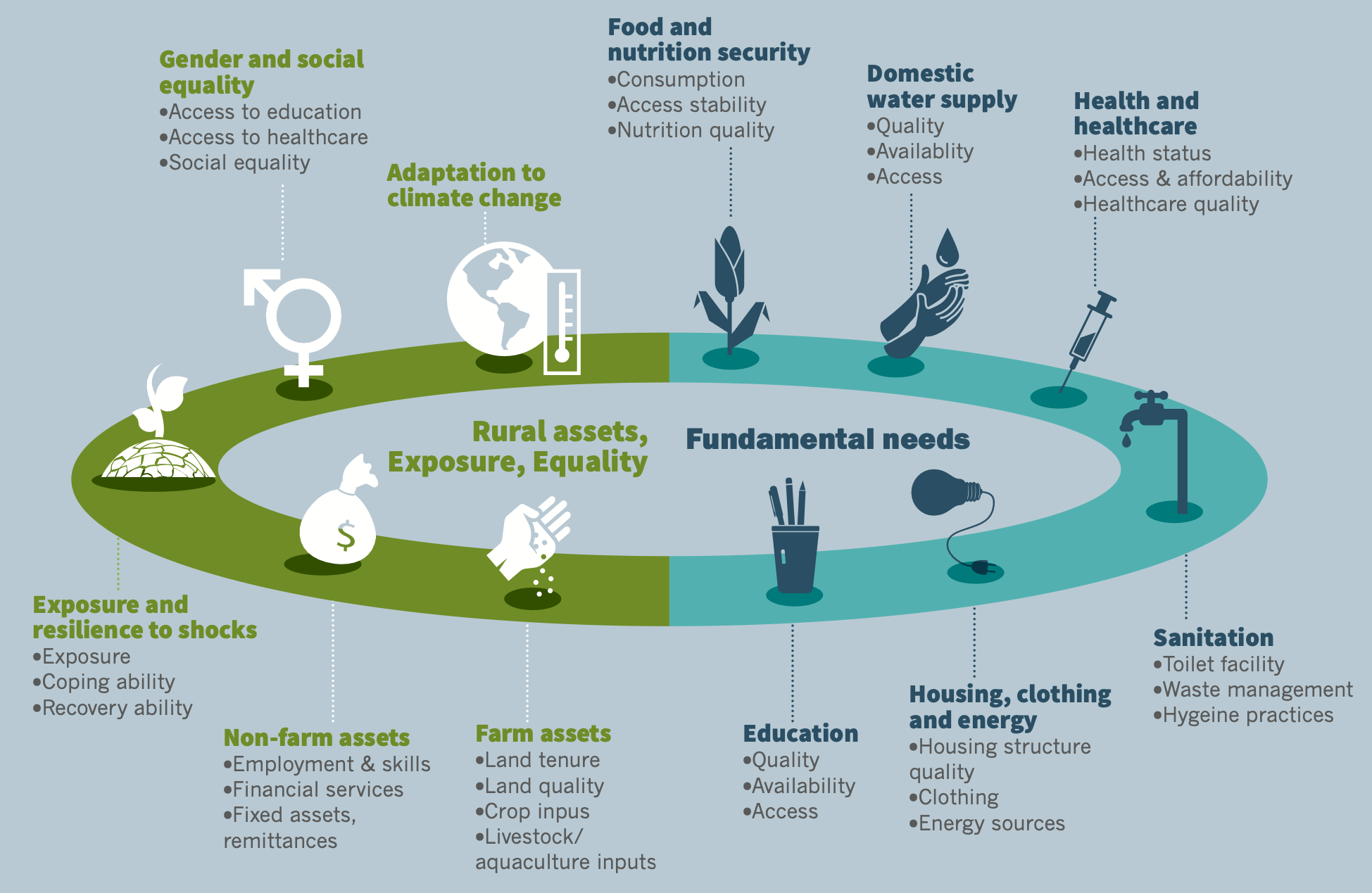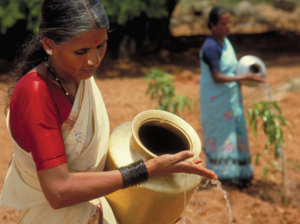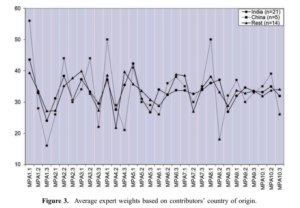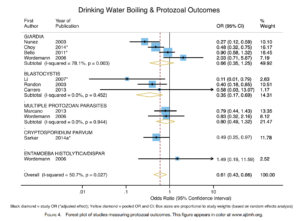Climate information access and use in East and Southern Africa: identifying linkages between smallholder household characteristics and climate change adaptation
Abstract/Summary: Climate change adversely impacts the livelihoods of smallholder farmers across East and Southern Africa. Climate-related information is assumed to support smallholder farmer decision-making and use of adaptive practices as a means to improve livelihoods, resiliency and levels of food security. However, the value of climate information provision and its role in promoting adaptive practices remains poorly understood. We examined smallholder household access to, and use of, climate information. Survey data was collected from 5322 households across Eswatini, Kenya, Lesotho, Tanzania and Zimbabwe using the Multidimensional Poverty Assessment Tool. Overall, the majority of households regularly accessed at least one source of climate information, primarily via radio (64.9%, n = 3453). Our statistical models showed that households with relatively better access to credit and land tenure were more likely to receive climate information (p < 0.01 and p < 0.001, respectively, n = 1421), and of those, households who reported observing past climate-related changes were more likely to actually use climate information (p < 0.05, n = 1097). Secure land tenure was positively associated with information use, though not statistically significant. Findings from our study offer guidance for improving the targeting and delivery of climate information programmes and policies, and indicate that the assumed benefits of climate information provision should be more rigorously evaluated.










